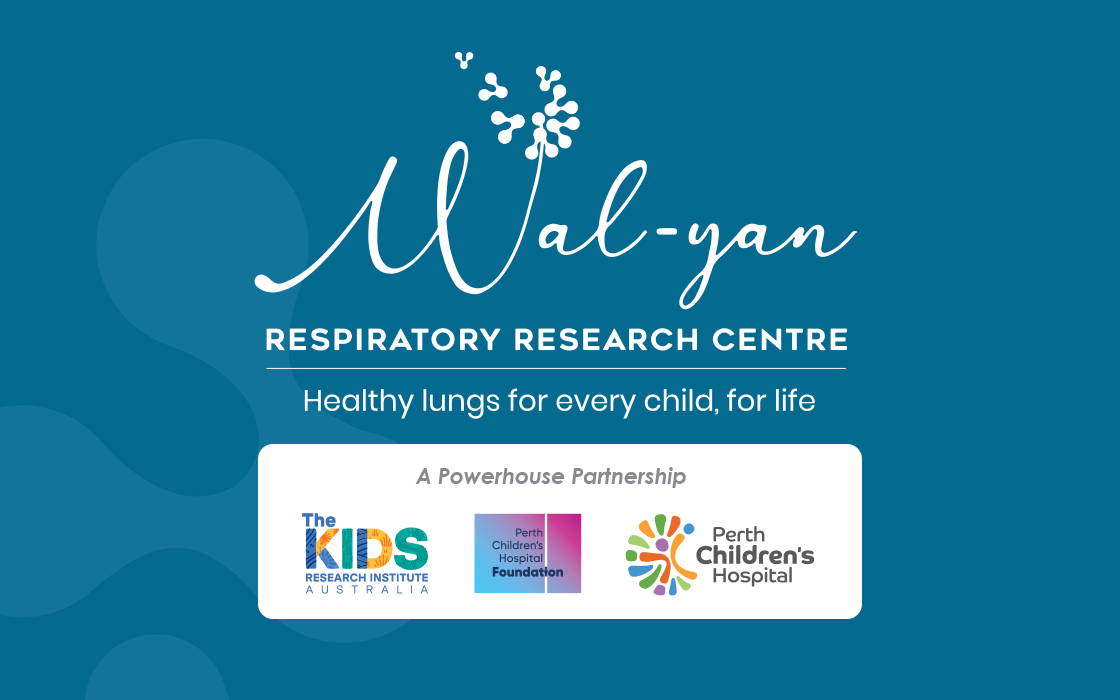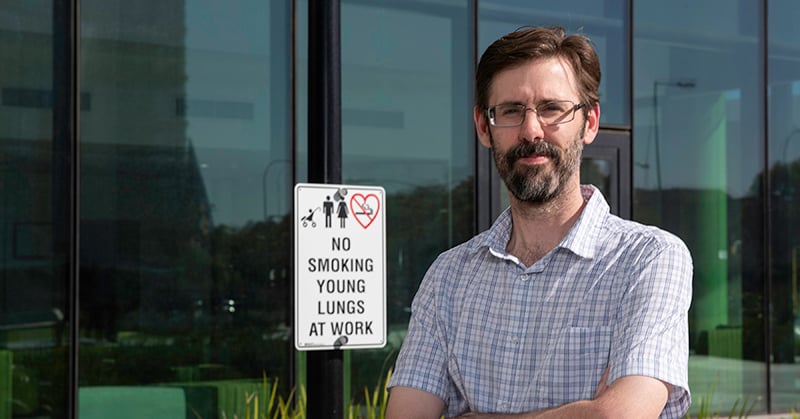Search
Research
Early immunological influences on asthma development: opportunities for early interventionEarly immunological influences on asthma development: opportunities for early intervention
Research
Increased longevity and the comorbidities associated with intellectual and developmental disabilityThe contributors, all world experts in their fields, also discuss what we can learn from the presence of co-morbidities.
Research
Hypoglycemia alarm enhancement using data fusionThe acceptance of closed-loop blood glucose (BG) control using continuous glucose monitoring systems (CGMS) is likely to improve.
Research
Airway narrowing assessed by anatomical optical coherence tomography in vitro: dynamic airway wall morphology and functionPrevious histological and imaging studies have shown the presence of variability in the degree of bronchoconstriction of airways sampled at different locations.
Research
Tumor eradication after cyclophosphamide depends on concurrent depletion of regulatory T cellsTumor cell death potentially engages with the immune system. However, the efficacy of anti-tumor chemotherapy may be limited by tumor-driven...
Research
Effects of simulated tidal and deep breathing on immature airway contraction to acetylcholine and nerve stimulationIn adults, respiratory movements, such as tidal and deep breaths, reduce airway smooth muscle force and cause bronchodilation.

News & events at Walyan Respiratory Research Centre.

The discoveries that have set our research apart primarily relate to the factors early in life that cause life-long respiratory problems.

Portable equipment is available to enable bedside and community-led research in rural and remote communities, including Indigenous communities where children are disproportionately affected by chronic respiratory conditions.

The lungs represent a key interface between the body and the environment.
